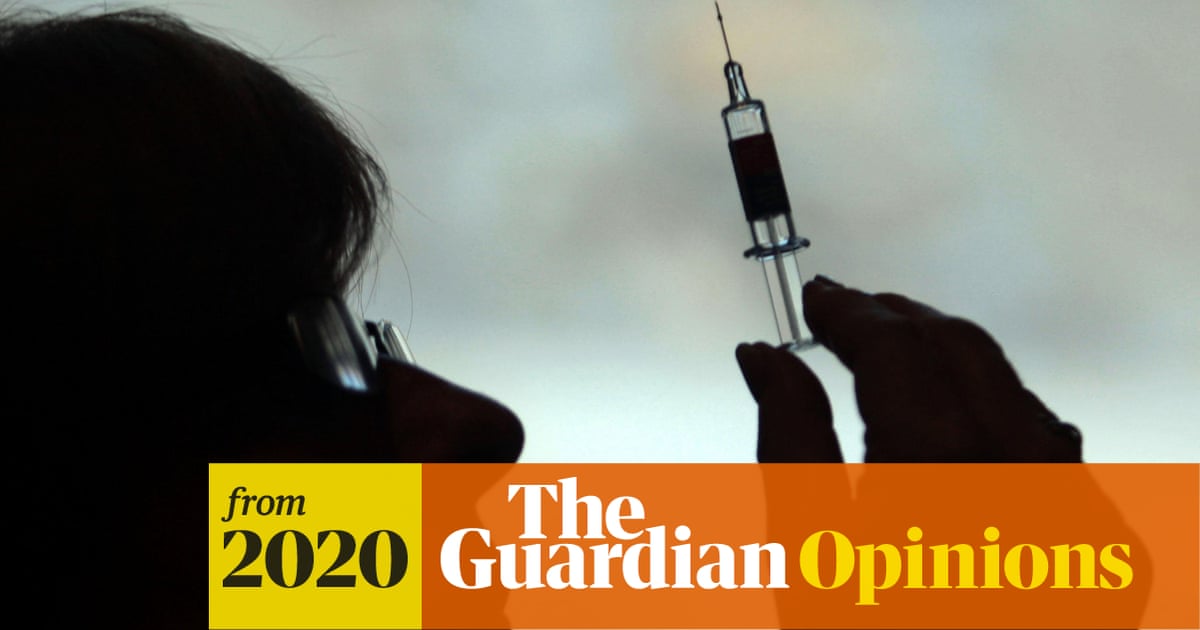Northerner
Admin (Retired)
- Relationship to Diabetes
- Type 1
For those holding on to hope of an imminent Covid-19 vaccine, the news this weekend that the first could be rolled out as early as “just after Christmas” will have likely lifted the spirits.
The UK’s deputy chief medical officer, Prof Jonathan Van-Tam, reportedly told MPs a vaccine developed by Oxford University and AstraZeneca could be ready for deployment in January, while Sir Jeremy Farrar, Sage scientific advisory group member and a director of the Wellcome Trust, has said at least one of a portfolio of UK vaccines could be ready by spring.
Much has been said about how the world will return to normal when a vaccine is widely available. But that really won’t be true. It is important that we are realistic about what vaccines can and can’t do.
Vaccines protect individuals against disease and hopefully also against infection, but no vaccine is 100% effective. To know what proportion of a community would be immune after a vaccination programme is a numbers game – we must multiply the proportion of a population vaccinated by how effective the vaccine is.

 www.theguardian.com
www.theguardian.com
The UK’s deputy chief medical officer, Prof Jonathan Van-Tam, reportedly told MPs a vaccine developed by Oxford University and AstraZeneca could be ready for deployment in January, while Sir Jeremy Farrar, Sage scientific advisory group member and a director of the Wellcome Trust, has said at least one of a portfolio of UK vaccines could be ready by spring.
Much has been said about how the world will return to normal when a vaccine is widely available. But that really won’t be true. It is important that we are realistic about what vaccines can and can’t do.
Vaccines protect individuals against disease and hopefully also against infection, but no vaccine is 100% effective. To know what proportion of a community would be immune after a vaccination programme is a numbers game – we must multiply the proportion of a population vaccinated by how effective the vaccine is.

If you're pinning your hopes on a Covid vaccine, here's a dose of realism | David Salisbury
A targeted immunisation programme may offer some protection, but it will not deliver ‘life as normal’
